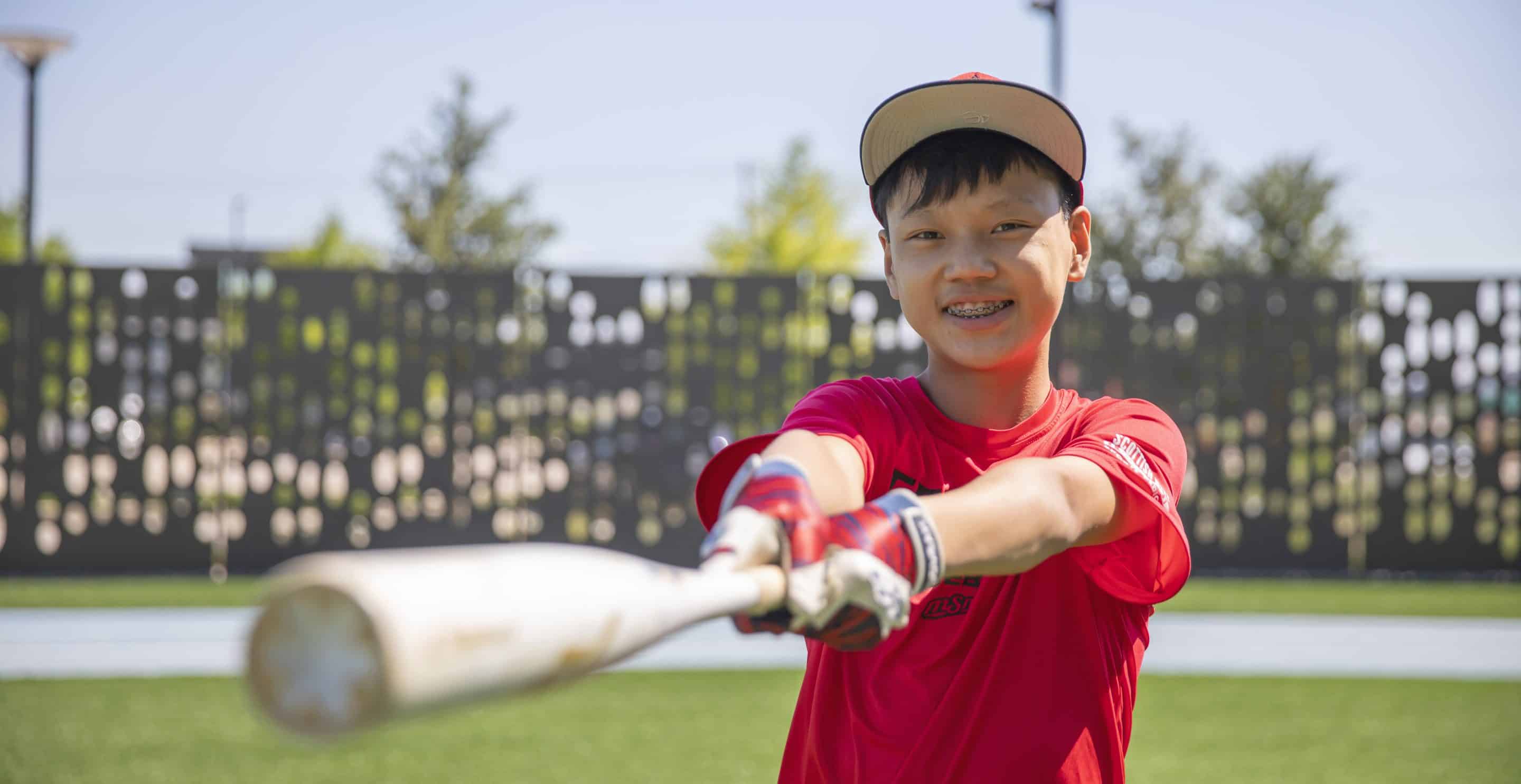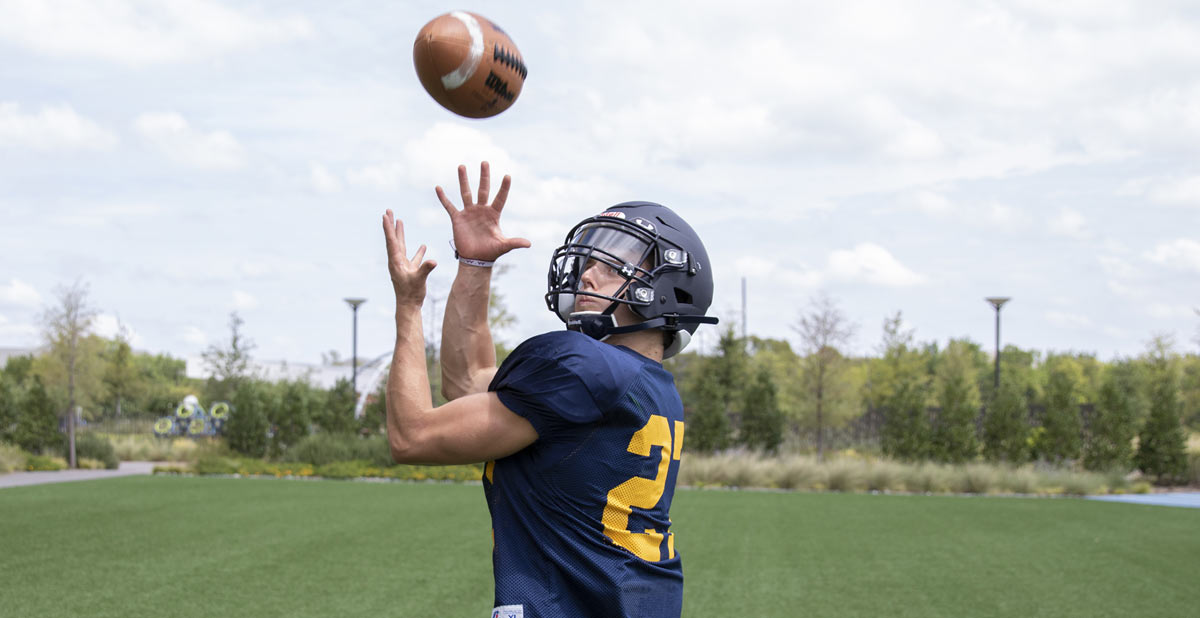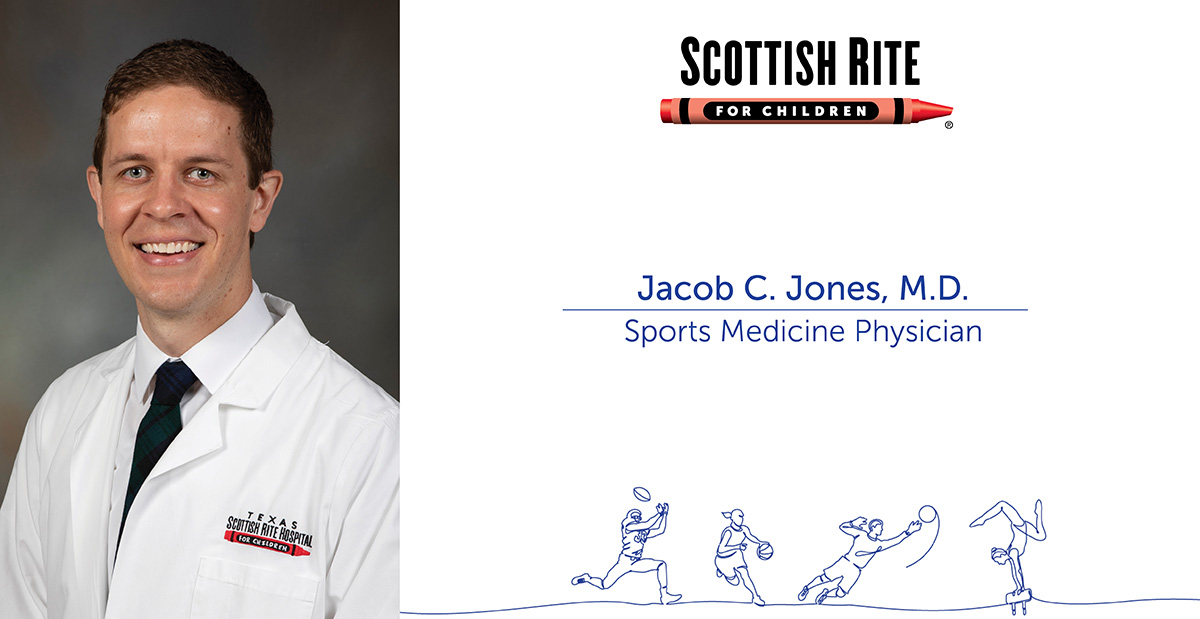Sports medicine orthopedic surgeon John E. Arvesen, M.D., was invited to share his expertise on the right way to support a young athlete without pushing too hard on the Heaven or Heisman podcast. In the episode, Arvesen discusses strength and conditioning for kids,...






